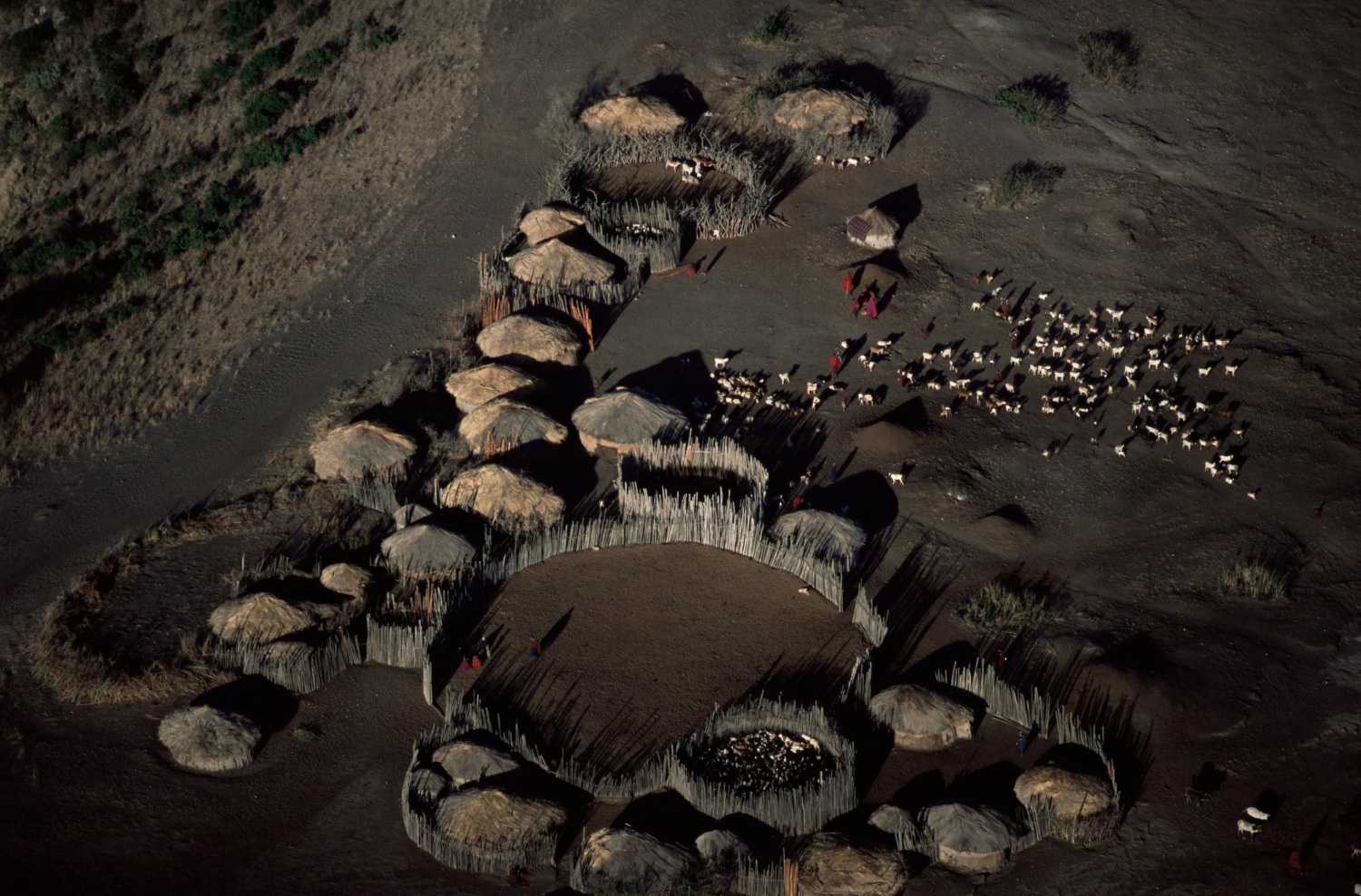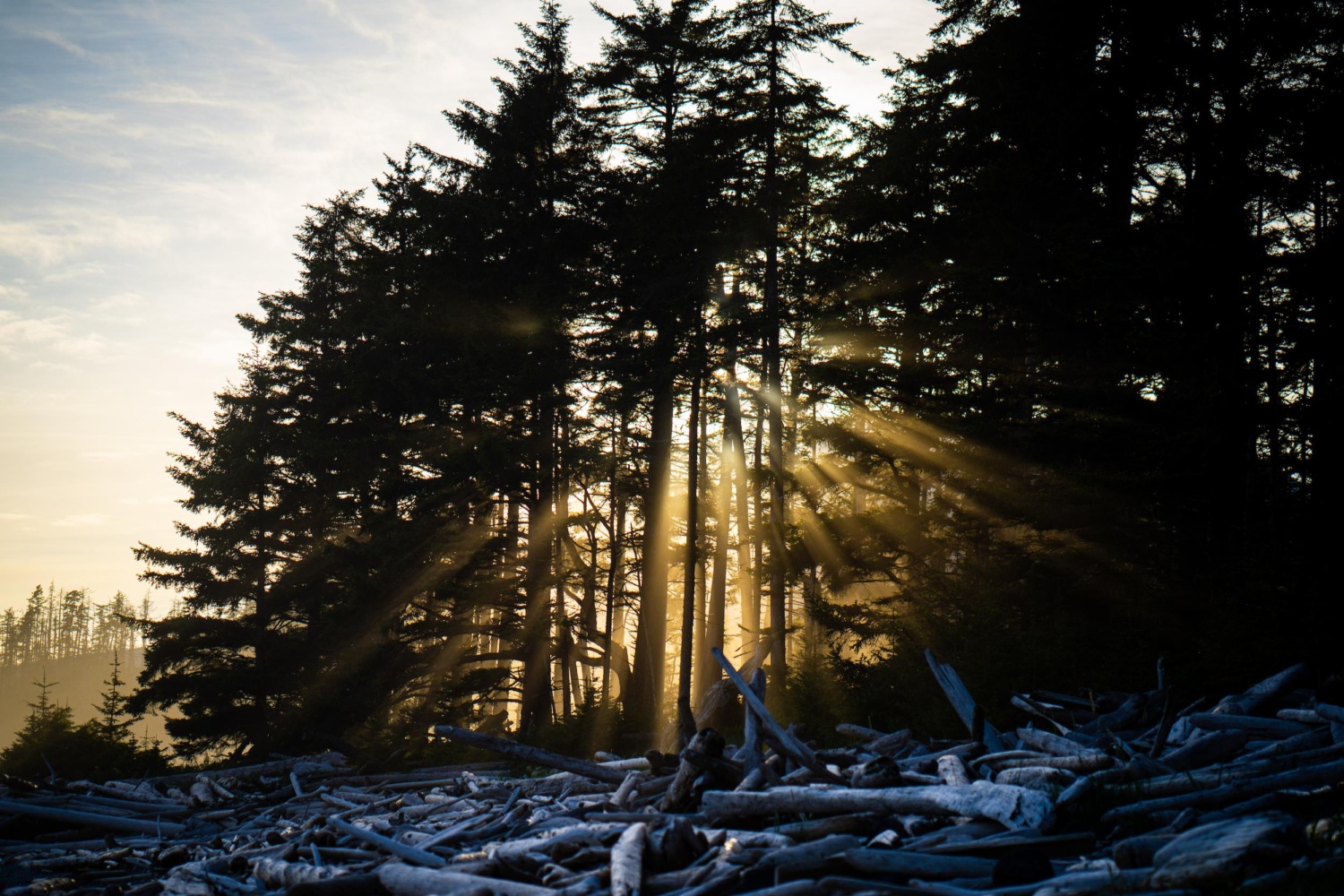
Video Title
Lorem ipsum dolor sit amet, adipiscing elit, sed do.
These are our partners. They have personal knowledge of the lands and waters where they’ve always lived. They know their communities. They know how to translate and apply regenerative principles in their unique intersectional context of people, culture, geography, and history. Working shoulder-to-shoulder with them to expand on the life-sustaining practices they have held for millennia, we know we can make an outsized impact on the climate and biodiversity crises.
What We Do
Home Planet Fund leverages the power of nature and the stewardship role of Indigenous People and Local Communities. We support a focus on the intersectionality of people and planet, rebuilding local systems, and centering the knowledge of and implementation through Indigenous People and Local Communities. A portion of this work is now called Nature-Based Solutions, as defined by The International Union for Conservation of Nature:
“Nature-based solutions are actions to protect, sustainably manage, and restore natural and modified ecosystems that address societal challenges effectively and adaptively, simultaneously benefiting people and nature.
“Nature-based solutions address societal challenges through the protection, sustainable management and restoration of both natural and modified ecosystems, benefiting both biodiversity and human well-being. Nature-based solutions are underpinned by benefits that flow from healthy ecosystems. They target major challenges like climate change, disaster risk reduction, food and water security, biodiversity loss and human health, and are critical to sustainable economic development. They build up existing local knowledge and are designed and implemented with the full engagement and consent of local communities and Indigenous Peoples.”
Where We Work
The science and data are clear on what ecologies are critical to the global climate and biodiversity crises. Many of these places are places that are hard to work in or fund, because they are rural, fragile, or in conflict. We target our funding here because we can have a proven, outsized, global impact on greenhouse gas emissions as well as regeneration of lands and waters.
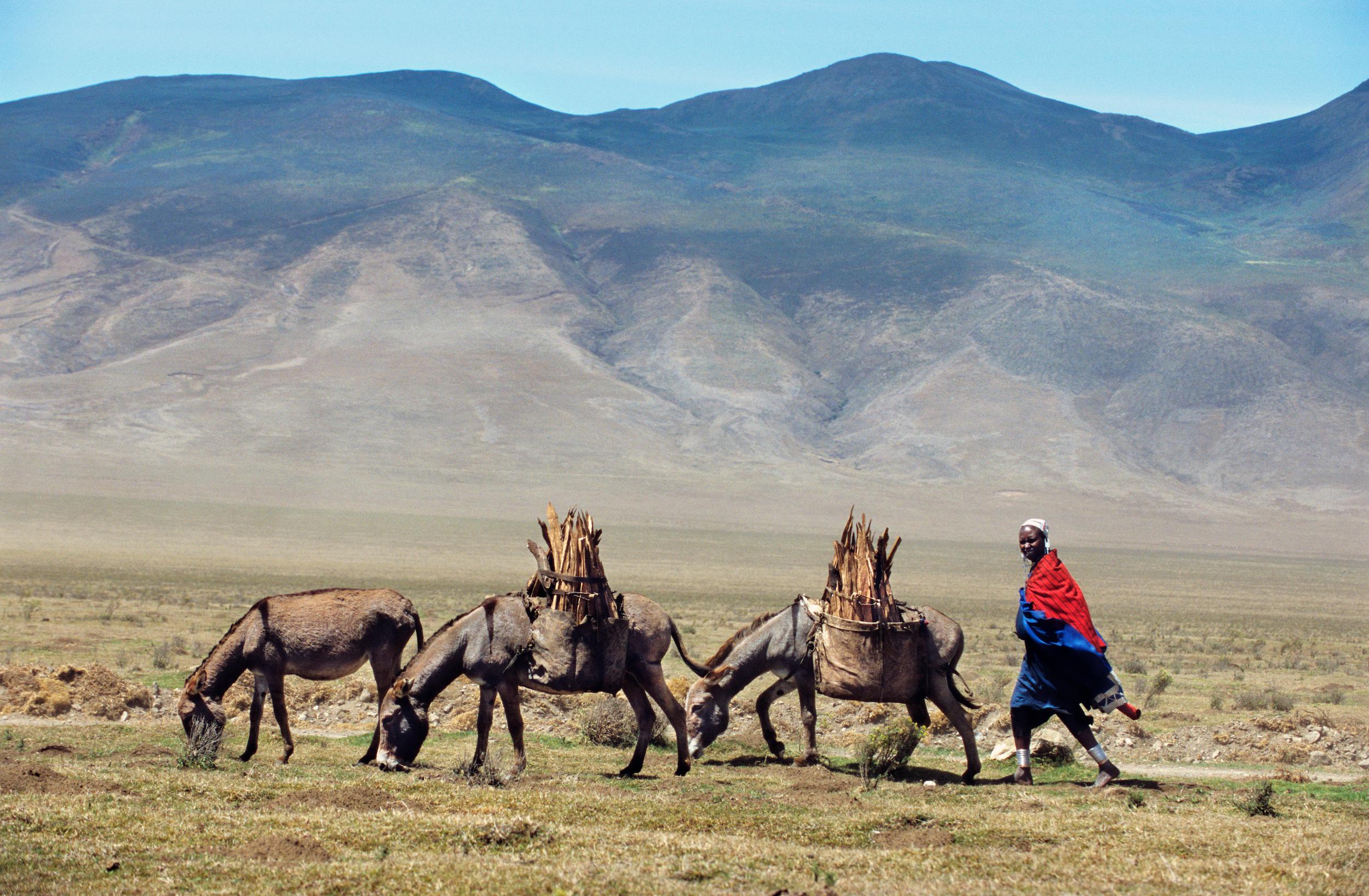
Our Approach
HPF gives directly to communities to lead and implement projects. Our approach not only recognizes their personal knowledge, institutional memory and experience, but also how to translate and apply regenerative principles in their unique intersectional context of people, culture, geography and history. This means there is less waste, and it takes far less time to get work underway and at scale. Local ownership also ensures durable, long-term change.
Why We Do It
Environmental work traditionally hasn’t recognized the critical and positive role of humans within ecosystems. Instead, it has traditionally created conservation systems based on the exclusion of people from “wild” lands. But people are a part of nature, and we are dependent on one another. To serve our home planet, we must begin by changing how we see the role of people in nature.
By investing in community and tribal structures, funding goes further. These structures have the same operations and mobilization as international entities and governments, but without the large overhead costs. They don’t need to spend time on costly mistakes because of a lack of knowledge of local customs, politics, or languages. They have built-in access to local knowledge and trust. They also have a vested interest in the success of this work, ensuring durability and continuity.
How We Do It
Because we launched with $20 million in seed funding from Patagonia, every dollar donated supports work led by our partners – an investment in local knowledge that generates a global impact.
Our vision is to build a collaborative fund to which multiple funders can contribute for the purposes of funding community-led and Indigenous Peoples-led solutions. We aim to provide multi-year core and flexible funding to enable our partners to become more sustainable through predictable, longer-term funding, giving them the flexibility to use the resources in the way they believe will make the most impact.
How we do things is as important to us as what we do.
-
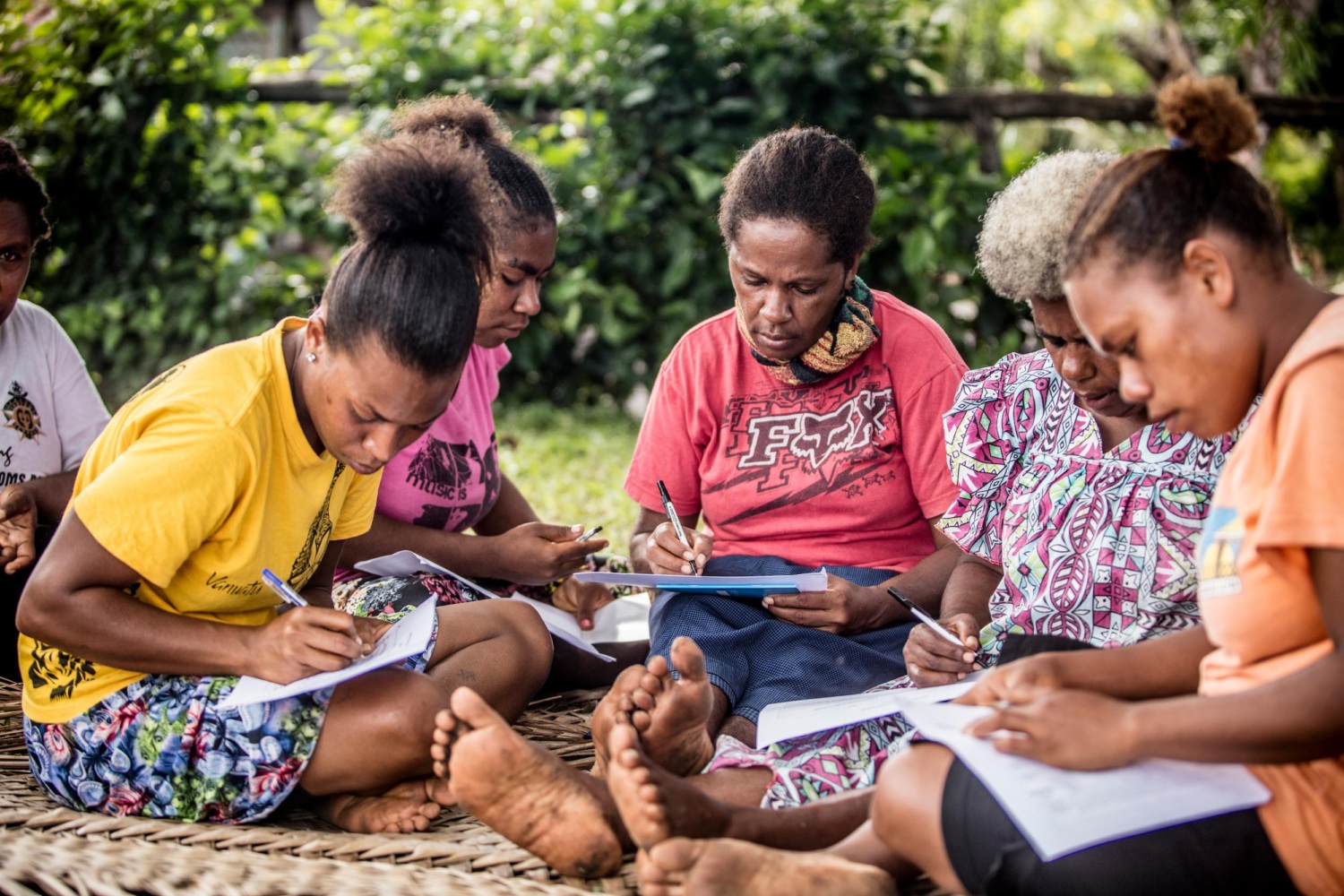
Responsibility
HPF is responsible for doing everything we can to help mitigate and adapt to the challenges facing Earth by serving the Indigenous Peoples and Local Communities we are in partnership with.
-

Respect
Our partners are already using the tools to mitigate the climate and biodiversity crises, as it is how they have always lived. They do not need to be told what to do, as they have always been the leaders in these efforts, because living in right relationship with nature has always been the original solution.
-
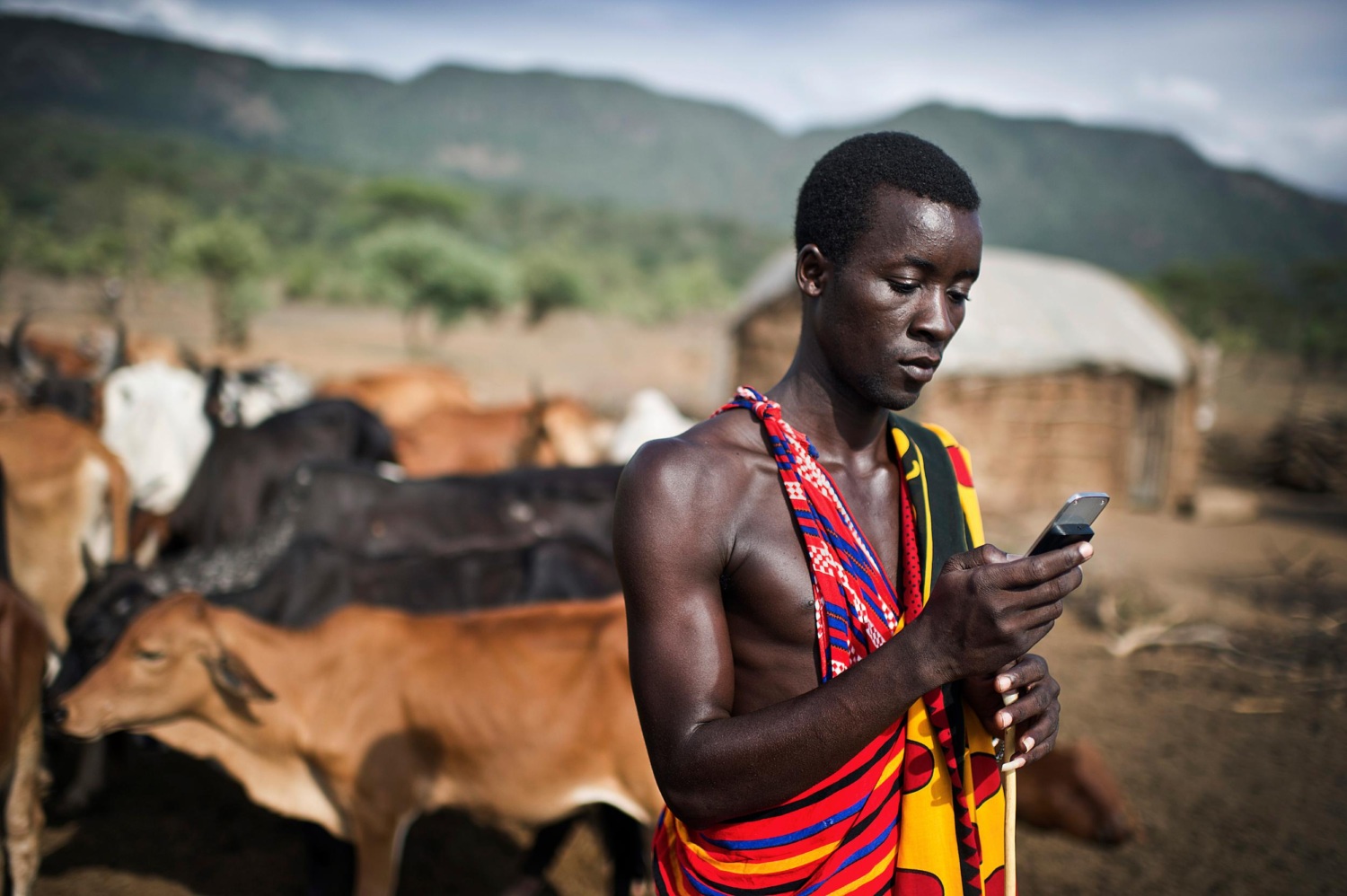
Transparency
We share all our results, outcomes, and best practices with anyone and everyone.
-
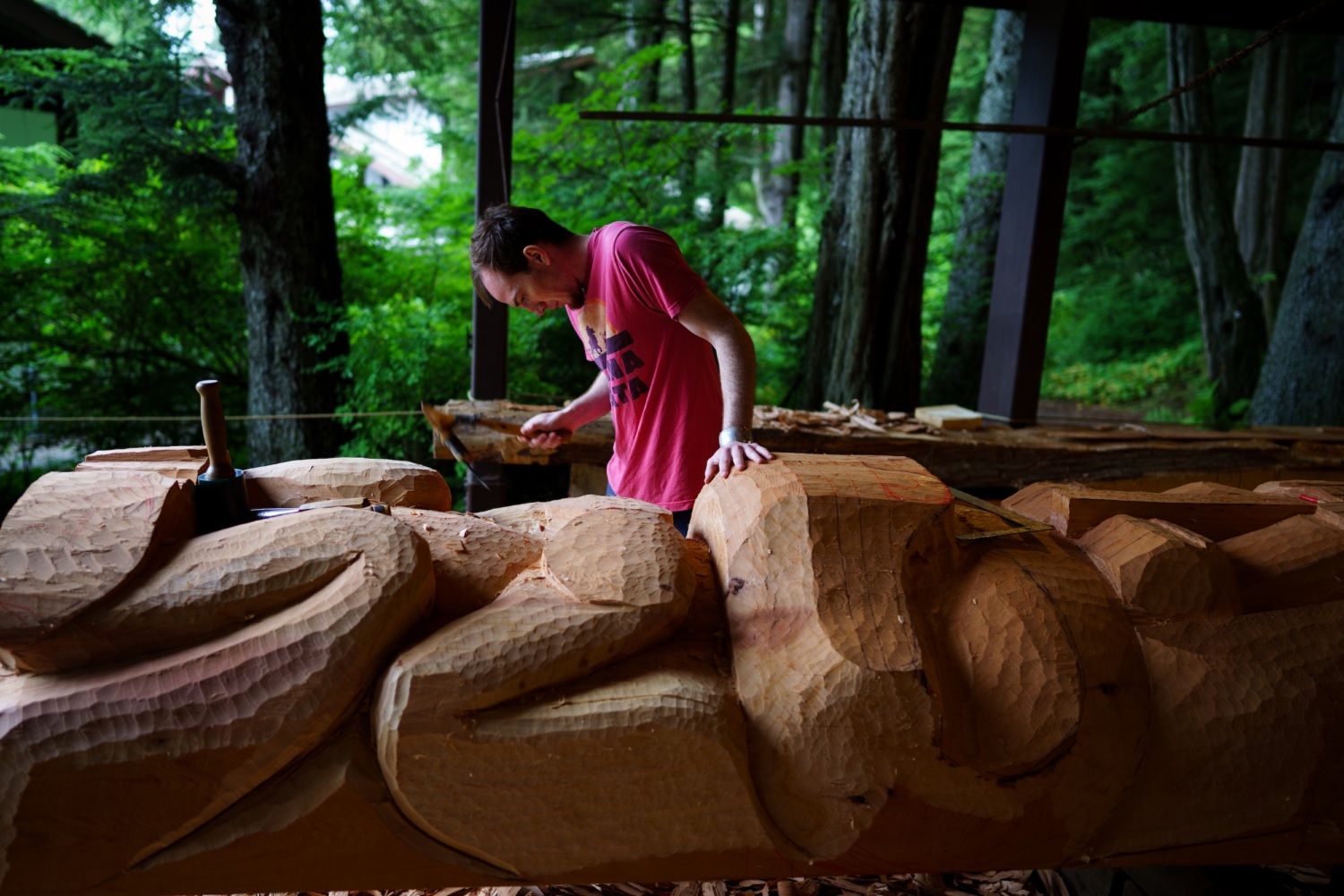
Trust
Our relationships are built on trust. We do not accept grant proposals; we choose communities based on expert recommendations and direct experience. We do not demand results; these communities have proven themselves over generations.
-
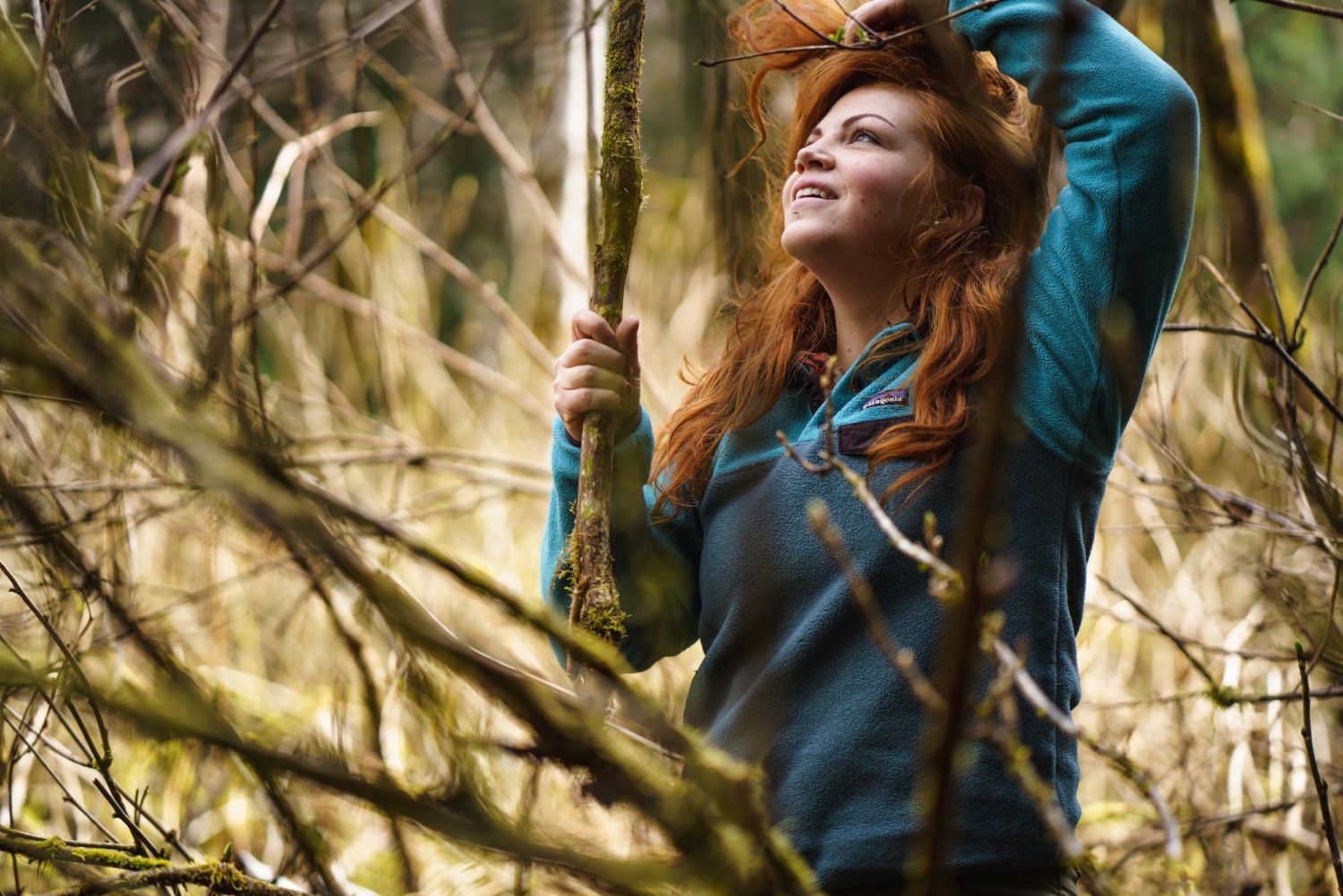
Reciprocity
In the tradition of Indigenous Peoples everywhere, we believe both sides in any relationship have something to offer: Our grants are not charity—they are evidence of our belief that indigenous communities already have the necessary skills and knowledge to care for the places where they live.
-

Confidentiality
Given that we work with communities in places which can be remote, fragile, and sometimes disputed, their trust in us includes our not sharing any information which could jeopardize their safety in any way.
-
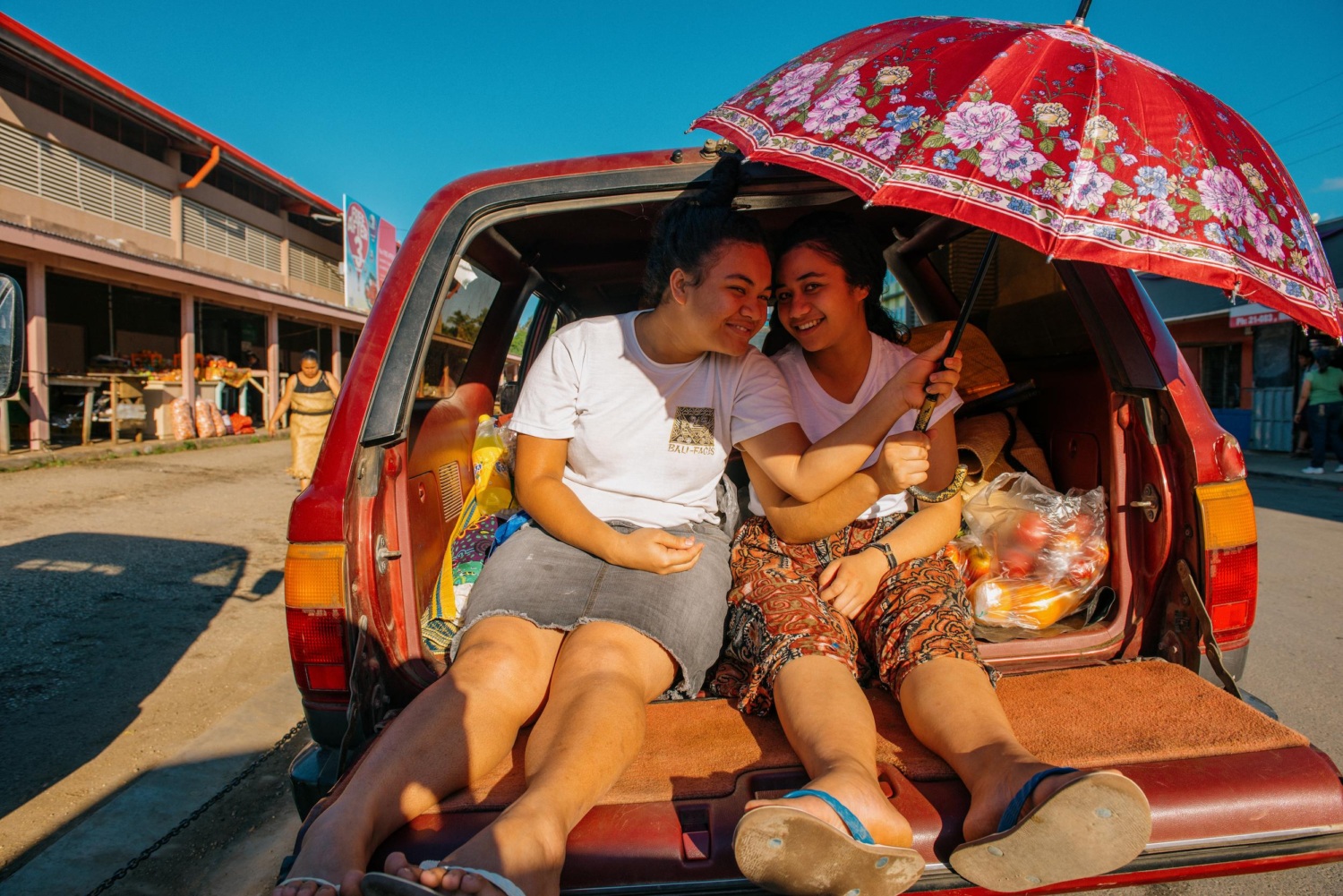
Listening
HPF listens to our partners, first and always. We serve them and are extremely careful and conscientious to ensure we do not impose any external values or assumptions on them and their work.
-

Kinship
All of these are values of kinship, which is our operating system with our partners.
